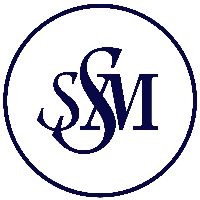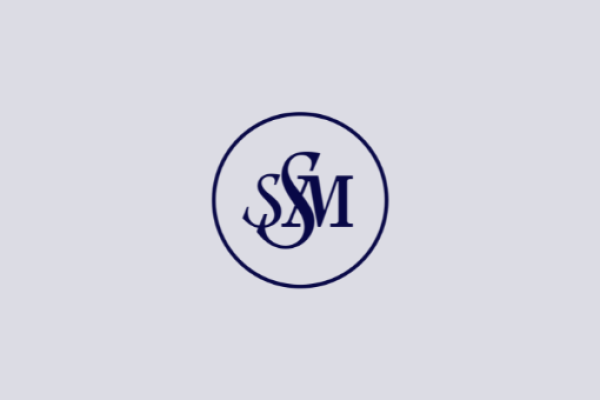
Steamship Mutual
Published: August 09, 2010
September 2005
With effect from 31 August 2005 new best management practices (BPM) apply to vessels declaring NOBOB entering the Great Lakes. New Coast Guard regulations have been published in the U.S. Federal Register* to address the risk of introduction to the Great Lakes of nonindigenous species (NIS) in ballast water from vessels fully laden with cargo. Once such vessels discharge some or all of their cargo and take on ballast water, this water mixes with the residual water and sediment. If this mixed ballast water is subsequently discharged into the Great Lakes it may provide a mechanism for NIS to enter the Great Lakes. The Coast Guard's BPM has been issued to address this problem. (While this policy targets vessels declaring NOBOB entering the Great Lakes, the recommended management practices are applicable to all vessels that enter the Great Lakes with empty ballast tanks that may be filled with ballast water and discharged within the Great Lakes.)
Best Management Practices (BPM)
The masters, owners, operators, or persons-in-charge of vessels equipped with ballast water tanks and voyage plans including transits to ports or places in the Great Lakes (including the Hudson River, North of the George Washington Bridge), should do the following:
Conduct mid-ocean ballast water exchange during ballast- laden voyages in an area 200 nautical miles from any shore and in water 2000 meters deep whenever possible, prior to entering the U.S. EEZ.
For vessels unable to conduct mid-ocean ballast water exchange, conduct saltwater flushing of their empty ballast water tanks in an area 200 nautical miles from any shore, whenever possible. For the purposes of this policy, saltwater flushing is defined as the addition of mid-ocean water to empty ballast water tanks; the mixing of the flush water with residual water and sediment through the motion of the vessel; and the discharge of the mixed water, such that the resultant residual water remaining in the tank has as high a salinity as possible, and preferably is greater than 30 parts per thousand (ppt). The vessel should take on as much mid-ocean water into each tank as is safe (for the vessel and crew) in order to conduct saltwater flushing. The master of the vessel is responsible for ensuring the safety of the vessel, crew, and passengers.
The masters, owners, operators, or persons-in-charge of vessels equipped with ballast water tanks, declaring NOBOB and bound for ports or places in the Great Lakes (including the Hudson River, North of the George Washington Bridge) should take particular care to conduct saltwater flushing on the transit to the Great Lakes so as to eliminate fresh and or brackish water residuals in ballast tanks.
NOBOB vessels that conduct these best management practices should incorporate them into their required ballast water management plan onboard their vessels.
Click here for information on mandatory Ballast Water Management provisions including plan and reporting requirements.
Coast Guard Monitoring Program
The Coast Guard will monitor NOBOB vessels engaging in the best management practices during normal pre-arrival processing (or when updated ballast water reporting forms are obtained) and note the results in the U.S. Coast Guard's Marine Safety Detachment Massena's Vessel Matrix. NOBOB vessels that conducted mid-ocean exchange the last time the tanks contained ballast water should indicate that they have done so when submitting their Ballast Water Reporting Form by filling out the appropriate information in Section 4. Ballast Water Management and in Section 5. Ballast Water History.
NOBOB vessels that conduct saltwater flushing should indicate that they have done so in the Ballast Water Reporting Form in Section 4. Ballast Water Management, by checking off the ``Underwent Alternative Management'' box and indicating that the vessel underwent saltwater flushing in the ``specify alternative method'' line. NOBOB vessels that conducted saltwater flushing should also fill out Section 5. Ballast Water History.
NOBOB vessels that use a U.S. Coast Guard approved alternative method (treatment) to ballast water exchange, should indicate they have done so in the Ballast Water Reporting Form in Section 4. Ballast Water Management, by checking off the ``Underwent Alternative Management'' box and indicating that the vessel underwent the specific alternative method in the ``specify alternative method'' line. NOBOB vessels that use a U.S. Coast Guard approved alternative method should also fill out Section 5. Ballast Water History.
For more information and examples on how to correctly fill out a ballast water reporting form, please click here.
* Further information and background can be obtained from the U.S. Federal Register for 31 August 2005


